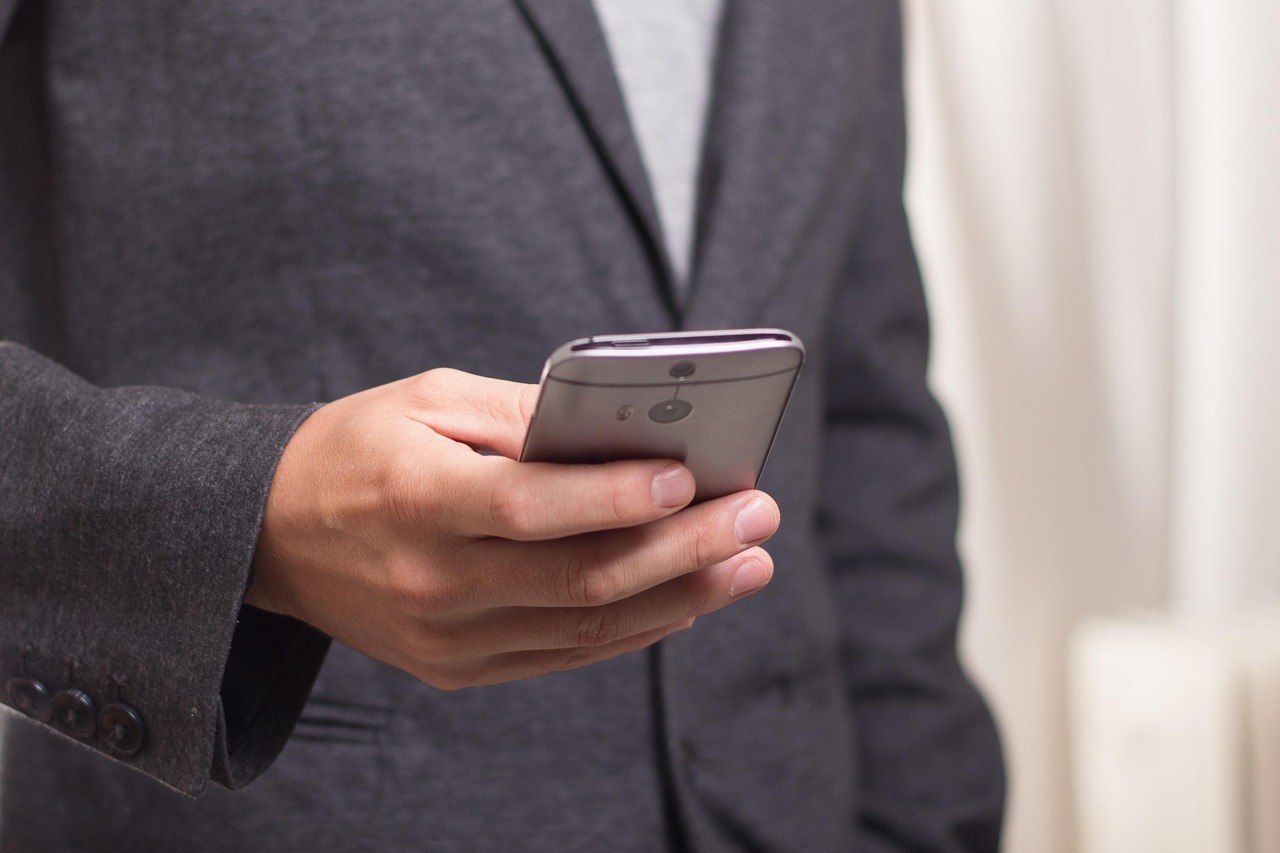In today's marketing world, people move easily between real-life experiences and digital ones. While online marketing allows for precise targeting, offline channels-such as posters, flyers, radio, and in-store events-still play a big role in building trust and local awareness.
The best local campaigns now mix both worlds, using mobile tools to make traditional efforts more effective and measurable. Read on.
Local marketing works best when it feels personal and connected to the community. Offline channels help businesses create that personal touch. A local poster, a radio jingle, or a community event can make a business feel part of the neighborhood.
But when you connect these offline efforts with mobile marketing, you can take that awareness and turn it into direct engagement. For example, imagine a café putting up posters around town to promote a new drink. Each poster includes a QR code that leads to a discount on the café's mobile site.
When customers scan the code, they can redeem the offer instantly on their phones. This simple link between offline and mobile not only drives foot traffic but also helps the café learn about customer behavior, such as which areas or times bring the most responses. Consult experts to learn more, such as the guide to geofencing.
People carry their phones everywhere, making mobile marketing a natural way to extend offline campaigns. Through location-based tools like geofencing, businesses can reach nearby customers with timely messages.
For instance, a local clothing store could send a text or push notification about a "lunchtime flash sale" to people walking nearby. Or a festival organizer could invite attendees to:
Join mobile contests
Vote for performances
Share photos online
These activities help turn a one-time visit into an ongoing connection, keeping customers engaged even after the event ends.
When offline and mobile data are combined, they offer powerful insights. Mobile data shows how people interact with digital content-where, when, and how often-while offline data reveals which areas or promotions attract attention in the real world.
A business can use these insights to refine its strategy. Suppose a fitness center finds that QR codes on outdoor posters get the most scans during morning hours.
Knowing this, the gym could run mobile ads on social media at the same time, reinforcing the message. This way, the campaign reaches customers at just the right moment, increasing the chance of a visit or signup.
Blending offline and mobile marketing creates stronger relationships with customers. Offline experiences build credibility and familiarity, while mobile tools make engagement quick and convenient. Together, they provide a consistent experience that customers can trust and enjoy.
In a world where people constantly switch between physical and digital spaces, campaigns that connect both stand out. By combining offline visibility with mobile interactivity, businesses can attract attention, encourage action, and build long-term loyalty. In the end, this mix helps local brands grow stronger, one community at a time.
If you want to read more articles, visit our blog.



Want to add a comment?